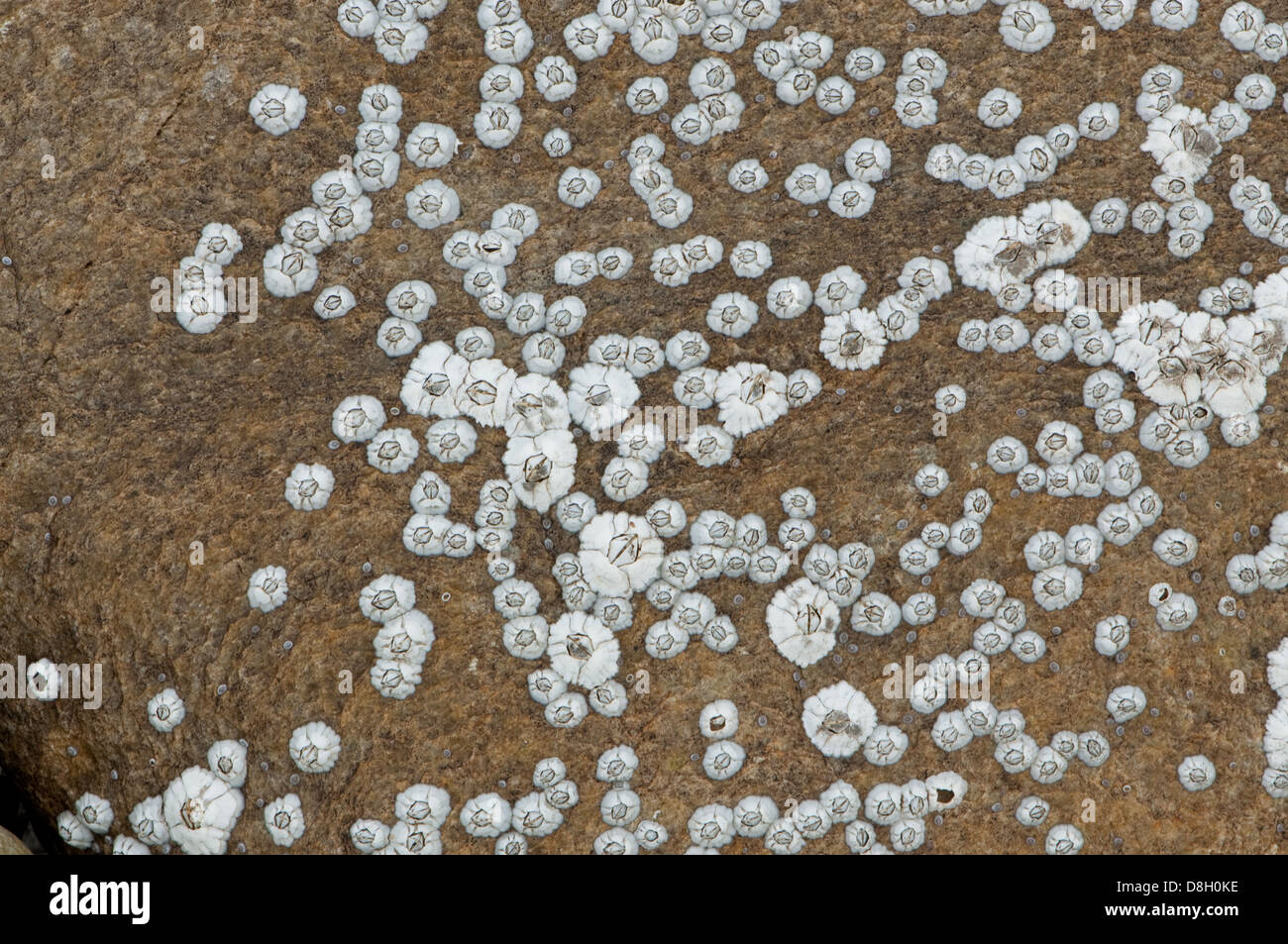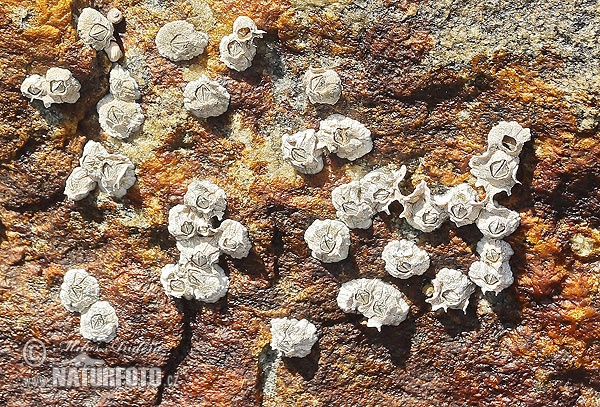

The sessile barnacles have calcareous shells fixed directly to some support, while the pedunculate barnacles have the body-chamber, or "capitulum" on the end of a flexible stem, the "peduncle". In both of these, the internal anatomy is much the same, but their outside appearance is very different. There are two divisions of the barnacles or "Cirripedia", namely the acorn or "sessile", and the goose or "pedunculate". It is necessary therefore to use scientific names for the various species. This is caused by the barnacles closing their doors more tightly, an action which may be induced even by the passing of a shadow.Įxcept in the case of groups such as "acorn barnacles", "goose barnacles", and "whale barnacles", these creatures do not have common or vernacular names. When one walks over rocks at low tide, a slight grating or bubbling noise may be heard.

When these are opened, the sweep may be protruded when they are closed, the barnacle is protected from enemies and from drying when exposed to the air. If a barnacle is examined, it will be seen that the opening at the summit of the shell is closed by four movable plates hinged like folding doors. A shell has developed in which it lives, and its legs have become modified into most efficient sweeps for the capture of the small sea-creatures and organic material on which it feeds. The question arises: What is a barnacle? Simply answered, a barnacle or cirriped is a crustacean, a relative of the crab, lobster and sand-flea, that has attached itself permanently to some object larger than itself. These last are degenerate forms, however, and are not included in this booklet. Saculina) are whollly parasitic, living upon crabs of several species.
#Acorn barnacle skin
Still others live mostly embedded in the skin of whales or attached to the tip of the whale's flipper. Others are found only between high- and low-tide marks, where they grow in such profusion that they appear to be the dominant group of living things in this zone. Some of them have taken strange places in which to live: one species is found only on the tongue of a certain turtle another bores holes in soft rock one species has developed a float several species are found only in very deep water. There is not just one kind of barnacle, as a casual observer might think, but there are four or five hundred kinds, or species, in the world. Reprinted from Ira Cornwall's The Barnacles of British Columbia, published byĪt first sight, barnacles look like slight projections of the rocks on which they grow, but closer inspection will show that each contains a well developed animal which is wonderfully adapted to its mode of life. P.Acorn Barnacle ( Belanus glandulus), photo by Aaron Baldwin Jenks (1819-1894), Professor of Agricultural Zoology at Brown University, who is credited as a co-author on the volume. Popular Zoology was completed posthumously by J.

Subjects addressed in a similar manner in other volumes include chemistry, human physiology, physics,and astronomy.
#Acorn barnacle series
This is one of a series of textbooks written by American educator Joel Dorman Steele (1836-1886), who often worked in collaboration with his wife Esther Baker Steele (1835-1911). The volume includes copious intaglio printed illustrations of the animals described, as well as a series of charts detailing the systematic arrangement of representative forms. depicts a goose barnacle with one side of the shell removed, showing the enclosed soft parts.ĭesigned to give students an understanding of the animal worlds, Popular Zoology describes and identifies the animals in two kingdoms of nature: the Invertebrates and the Vertebrates. Figure 82 depicts a trio of acorn barnacles. Figure 81 depicts a barnacle (magnified) in the nauplius, i.e. Figures 81, 82, and 83 of the 1887 volume Popular Zoology.


 0 kommentar(er)
0 kommentar(er)
